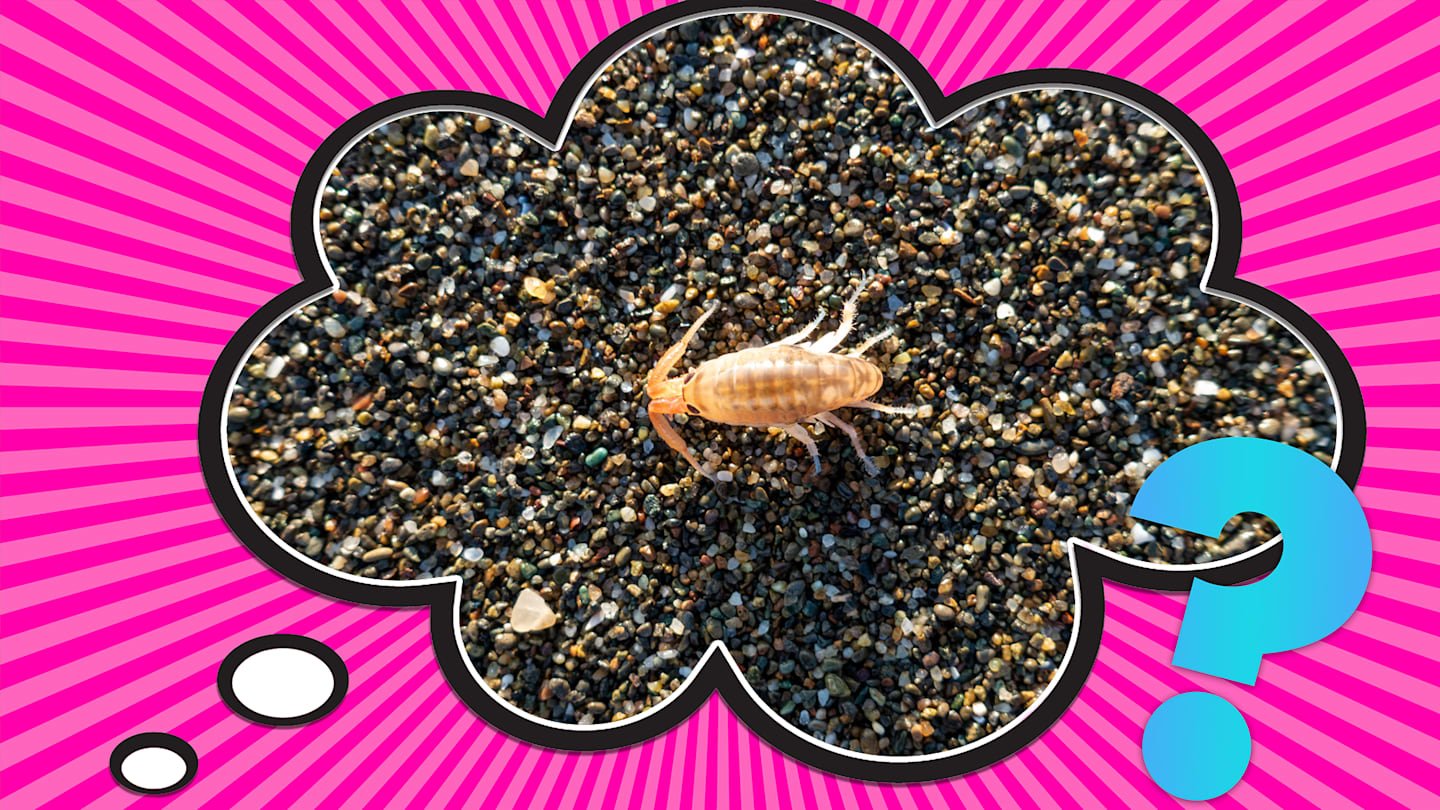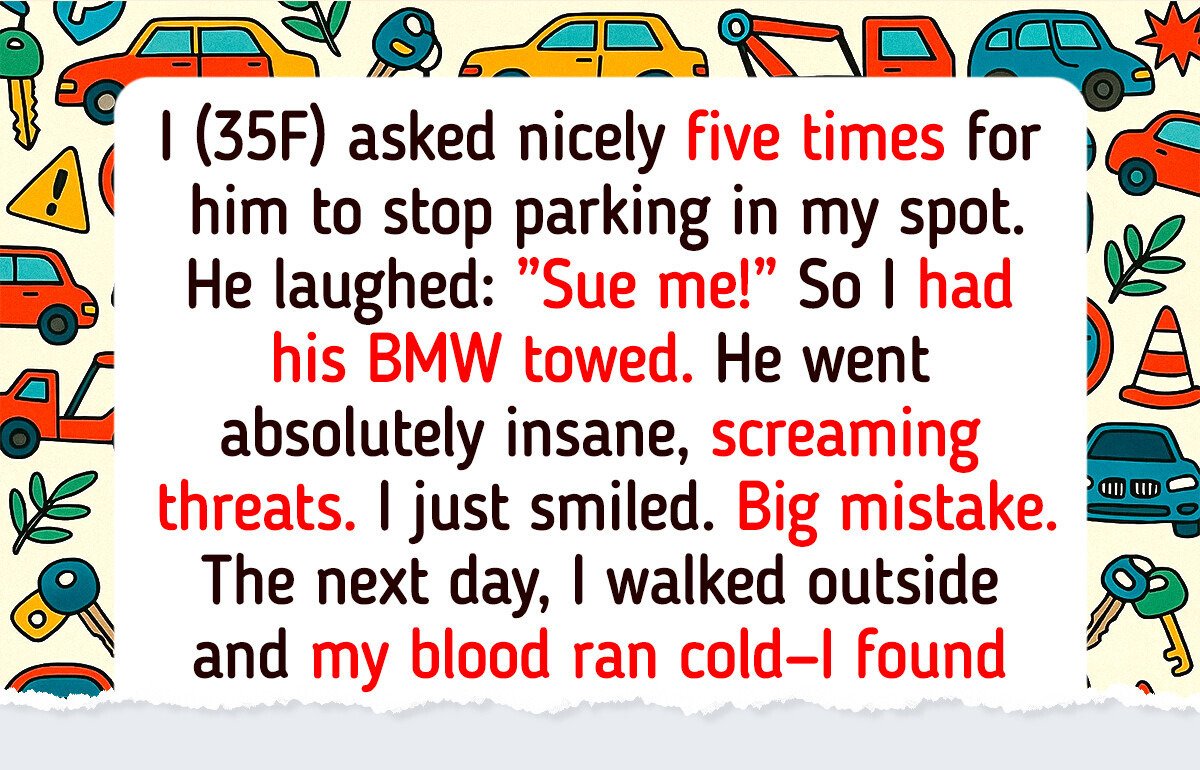
What Exactly Are Sand Fleas, Anyway?
Enjoy a little in the sun in shore It is often one of the best parts sunset Or two.
But a day on the beach no Always one day on the beach – sometimes, you should handle a few parties. This is essentially Sandy fleas It can be, although their name is something of a wrong name: sand fleas that are likely to coincide with not even fleas in reality. Instead, these small lesions (part of Talitridae The family, sometimes called “Hoppers Beach”) are actually crustaceans still exist in sand.
The name comes primarily from the fact that they can jump and jump from the sand, similar to how Fleas Move. You are usually He will not see these sandy fleas About any lakes, but they appear across the beaches of the coastal line all over the world, including the United States, the Caribbean and other countries. Even Florida Beach recently released the news after a Thousands of swarm It appeared and captured on the video, and drilling in the sand.
Below, we will dismantle some useful things that must be taken into account around these creatures, as well as a couple’s advice to avoid them during your beaches with your loved ones.
- Is human fleas bites human beings?
- Are all sand flea crustaceans?
- How to prevent sandy fleas bites
- How to treat sand bites
- How to protect dogs from sandy fleas
Is human fleas bites human beings?
there Almost 90 different species From sandy fleas across the United States alone. Those in Talitridae Family Often not harmful It is likely that they do not bite humans at all, although they may openly let you down if you come across one scene jumping from sand – they can jump up to 15 inches in the air.
Most of the original sandy fleas of the United States choose Organic material decomposition Like marine herbs. They can also enjoy the devils of plankton and algae, as well as other smaller crustaceans.
This does not mean that people are always out of the list. Some may still accept humans, hide in the skin along the feet, ankles and/or lower legs and consume blood. The bites are often small, appear in groups, and look like high bumps. Although they are usually red and can be itchy or cause allergic reactions in each other, most experts claim that bites are not generally dangerous.
Are all sand flea crustaceans?
Many small organisms, which have jumped, are usually called “sand flea” although they belong to different classification groups. while Platechestia PlatensisCommon sand fleas on the beaches of the eastern United States, are crustaceans, Tonga penetration Types of sandy fleas – also known as Jiggers or Chige Beas – Insects. T Sand flea is not present in the United States or Europe but can be found in warm and dry soils in the Caribbean, South America, India and South Sahara Africa, where people who walk barefoot are often more dangerous.
While a bite of sandy pigeon from the group of crustaceans is likely to be only annoying, one of the palace is a different story, because these lesions can pass more than just a itching bite: they cause AbolitionA serious leather disease occurs after permanently female sand burrows in the skin.
The situation that can also affect animals such as DogsIt can have severe consequences. The bite area itself can become a lesion, characterized by a black black point in the middle of the high bump. In addition to the risk of inflammation and ulceration around the sting area, tanning disease may cause Secondary bacterial infectionsLike gangrene, which can lead to more severe medical problems.
How to prevent sandy fleas bites
Handy fleas – relatively harmless crustaceans that are likely to see on the beach – are often located around where the coastal line meets the sea. Sand fleas flourish in cold and wet conditions, which is Often the most active During the early morning hours and at night, as well as After the rains. To avoid them completely, try to reach the beach when it is in its warmest, at some point late in the morning or early in the afternoon.
To give yourself peace of mind, protect yourself from potential bites, wear protective clothes around your feet, your ankles, and lower legs. Although it may seem intuitive to wear pants and socks on the beach, a good pair of sandals or beach shoes can make a long run to prevent unwanted sand fleas.
How to treat sand bites
Do you have a group of small, red and itching bumps on your feet, lower legs or ankles after a beach trip? You can deal with some sand flea bites. As it may be tempting, try not to scratch – it can make things worse. Consultation with reliable health care provider may be a good idea if you are concerned about itching or secondary infections from scratching bites. You can also use topical corticosteroids or hydrocortisone to deal with itching.
Fortunately, you are unlikely to be exposed to Tonga penetration Or the experience of Tungos from a summer trip to an American beach, but if you have a skin lesion becomes annoying, it will not hurt me to be examined.
How to protect dogs from sandy fleas

Humans are not the only ones who have a reason to avoid sand fleas – your favorite puppy can have a major snack for them as well. if Sand flea bites your dogClean the area with fresh water and use ice cubes to cool the skin and prevent itching and infections, and you can use aloe vera to treat redness and keep their skin cold and calm.
But your best strategy may completely prevent bites; After all, no one wants to go to the veterinarian’s office after a day of the ocean. To protect your dog before hitting the sand, consider spraying fido with a Del. Safe Dog– Especially along the paws, lower legs and claw platforms.
Read more big questions:













Post Comment